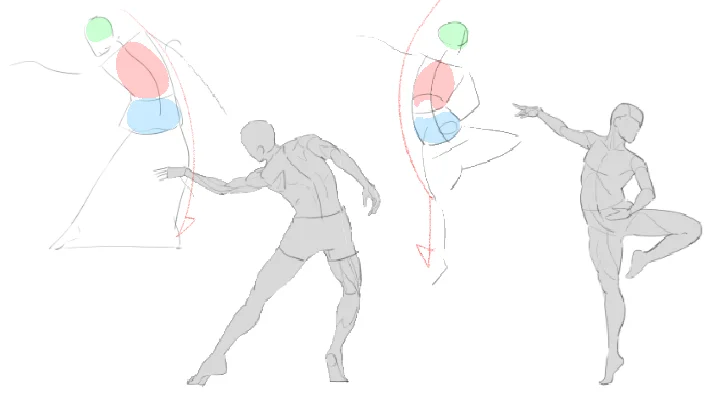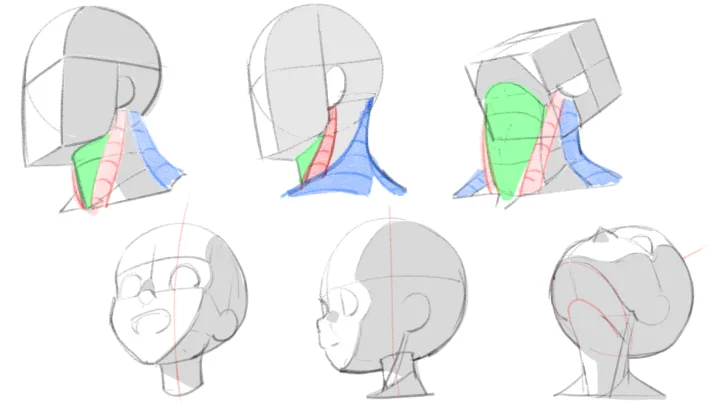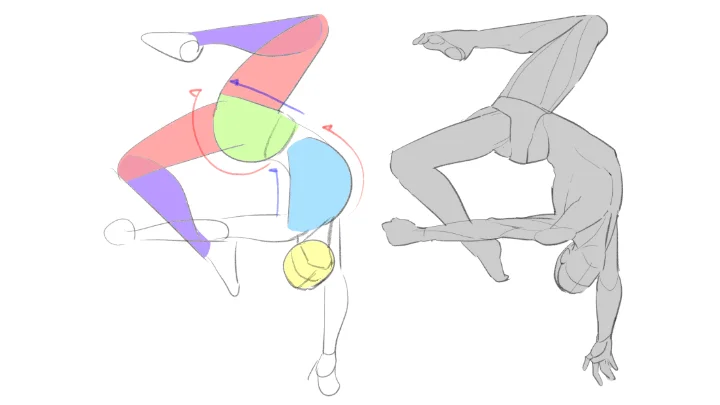illustrator,hide_JP Details
In-Depth Look
- SECTION 01
Introduction
1. Instructor Introduction - Class Overview- My career - Lecture concept - Key lecture content
- SECTION 02
Warming Up
2. About how to draw a line- Line drawing you don't recommend? - What is a good line? - How to hold a pen
3. Let’s draw lines- Straight line - Curved line - Circle
- SECTION 03
Basic Knowledge of Portraits
4. Basic knowledge you need to know before drawing a character- Major parts and proportions of the human body
5. Difference in male and female ratios- Male characteristics - Female characteristics
6. Character characteristics and drawing methods by ratio- Practice drawing by dividing by ratio
- SECTION 04
Gesture Drawing
7. Drawing figures with gestures ①- What is a gesture? - Practice finding gesture lines - Practice dividing figures into 3 parts and lines
8. Drawing figures with gestures ②- Practice finding gestures within the body
- SECTION 05
Drawing a figure considering three dimensions
9. What is perspective?- What is eye level? - 1-point perspective drawing - 2-point perspective drawing - 3-point perspective drawing
10. Practice drawing 3D- Drawing boxes and practice - Drawing cylinders and practice - Application practice: Draw what’s around you
11. Tips for drawing three-dimensional figures- Think in terms of planes (turning edges, ridges) - Wrapping line - Shortcut - Overlapping and tangent
12. Drawing a figure considering three dimensions ①- Practice dividing 3 parts into blocks - How to identify shoulder joints and hip joints - Practice distinguishing between boxes and cylinders
13. Drawing a figure considering three dimensions ②- Simplification of feet - Simplification of arms - Draw simple hands and feet based on photos - Application practice: Drawing a simplified base model based on photos
14. Drawing a figure considering three dimensions ③- Tips for drawing figures using perspective drawing - Application practice: Drawing multiple figures using perspective drawing
- SECTION 06
Simplification of the skeleton and muscles ① Torso
15. Structure of the head and neck- Dividing the head into 3 parts - How to simplify and draw skeletons - Express three-dimensionality from various angles
16. Structure of the chest area- Basic muscles and appearance - Draw with simplification - Drawing the female chest
17. Structure of the shoulder area- Basic muscles and appearance - Draw with simplification - Joints and movement
18. Structure of the back area- Basic muscles and appearance - Draw with simplification - Differences between men and women
19. Structure of the waist and hips- Basic muscles and appearance - Draw with simplification - Joints and movement - Differences between men and women
- SECTION 07
Simplification of the skeleton and muscles ① Limbs
20. Arm structure- Basic muscles and appearance - Draw with simplification - Elbow joints and movement
21. Hand structure- Basic muscles and appearance - Draw with simplification - Joints and movement
22. Leg structure- Basic muscles and appearance - Draw with simplification - Knee joints and movements
23. Foot structure- Basic muscles and appearance - Draw with simplification - Joints and movement
- SECTION 08
Drawing figures considering the overall rhythm and flow
24. Drawing a figure considering silhouettes- What is rhythm in line art? - Types of line combinations - Identifying the unique silhouettes of each body part - 'D-drawing' considering squash & stretch rules - Let’s draw various poses
25. What are the landmarks to make it look more human-like?- Remember the landmarks of the body - Draw the pose of the photo while considering landmarks
- SECTION 09
Practical application: Drawing character illustrations
26. Drawing character illustrations ① Base model- Making gestures - Simply adding three-dimensionality - Enhancing muscle - Making flowing silhouettes
27. Drawing character illustrations ② Expressing details- Adding details - Line drawing (line clean-up) - Simple coloring - Adding shadows - Conclusion























